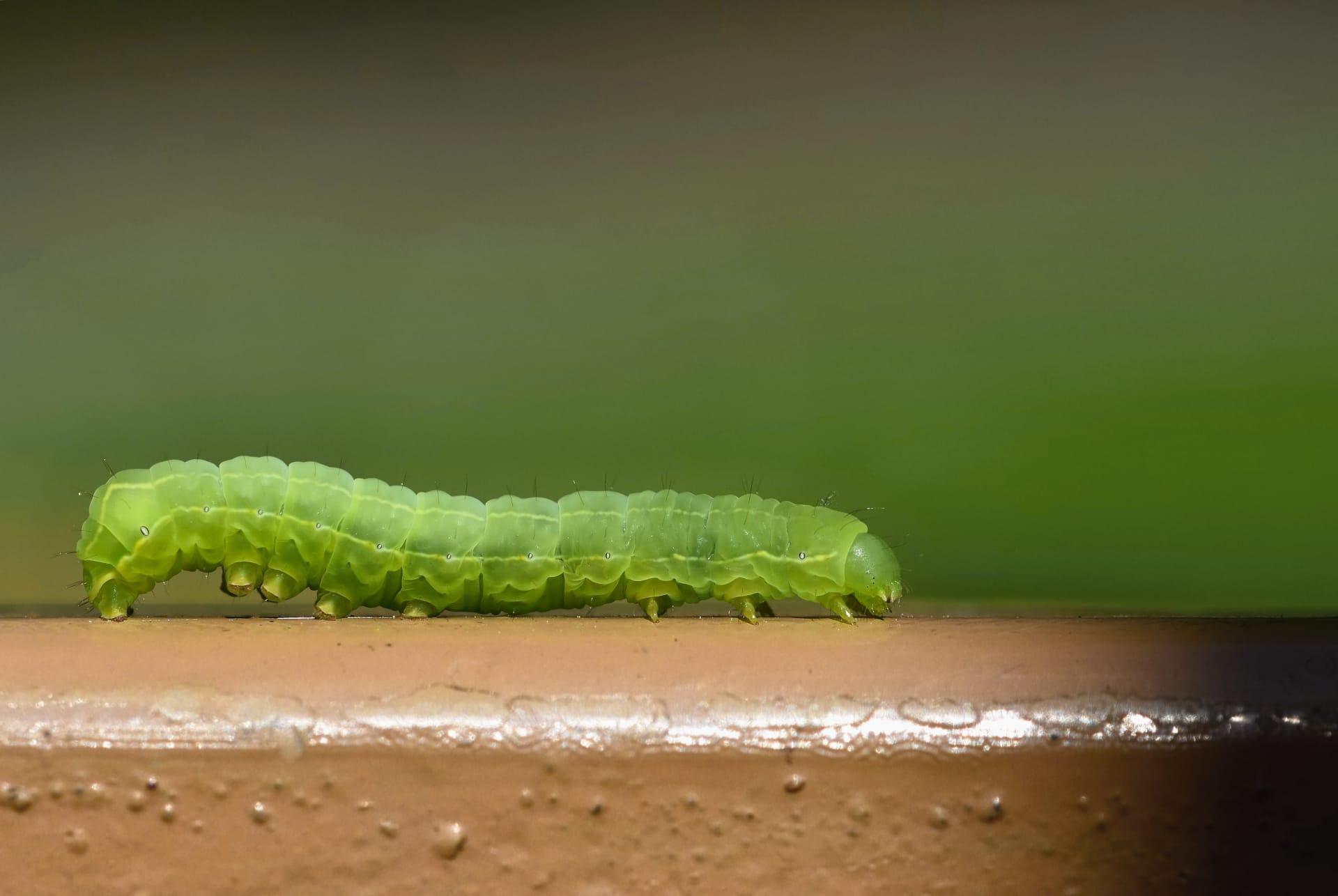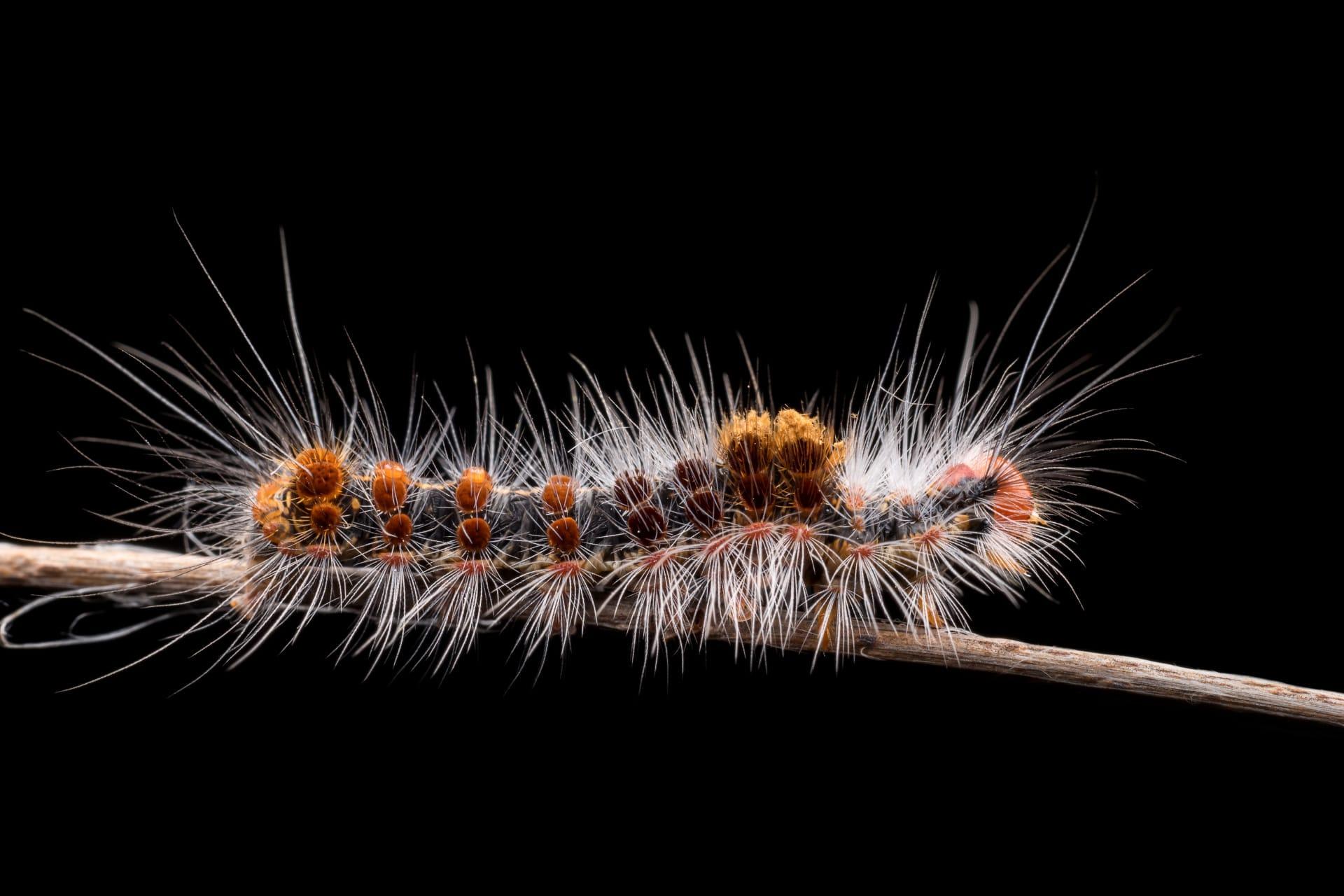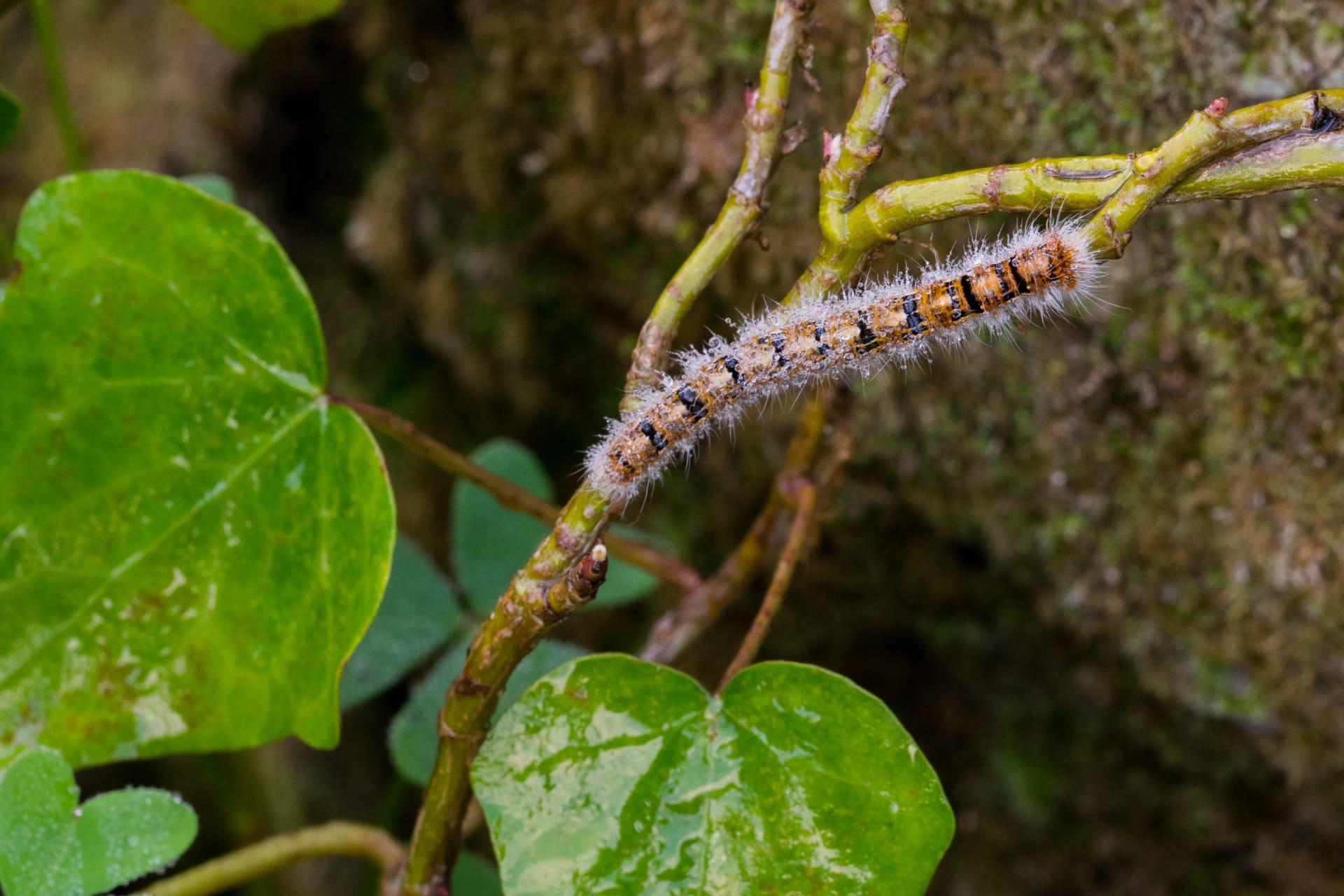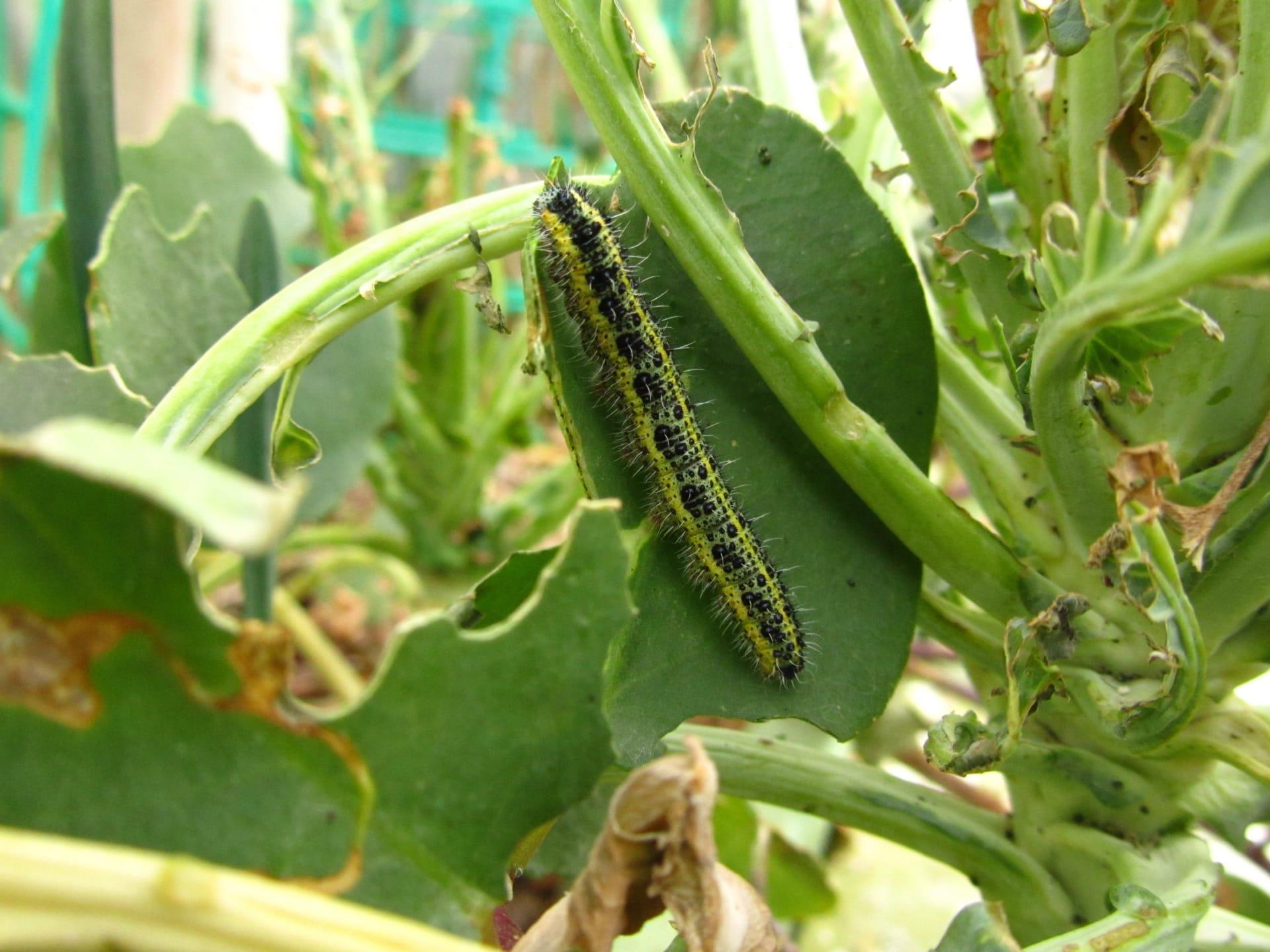Caterpillar Insect
- Home /
- Mini Encyclopedia /
- Animal /
- Caterpillar Insect
1
Caterpillars, the larval stage of butterflies and moths, belong to the order Lepidoptera. This order is one of the most diverse in the insect world, with about 180,000 species spread across numerous families and subfamilies. Caterpillars themselves are not a species but a life stage that spans thousands of species. Each species of caterpillar is distinct, varying in size, color, and shape. For instance, the Monarch butterfly caterpillar is easily recognized by its striking pattern of black, white, and yellow stripes, a visual warning to predators of its toxicity. On the other hand, the Eastern Tent Caterpillar, a member of the family Lasiocampidae, showcases a different appearance with its blue and white markings and a row of oval, white spots on its back.
Caterpillars are found in a wide range of habitats across the globe, from tropical rainforests to arid deserts. Their distribution is closely tied to the presence of their host plants, as different species of caterpillars feed on specific plants. For example, the aforementioned Monarch caterpillars are found mainly in North America and are dependent on milkweed plants for survival. In contrast, the Pine Processionary caterpillar, native to southern Europe, feeds primarily on pine needles. The diversity of caterpillars mirrors the diversity of their environments, with species adapted to virtually every terrestrial habitat on Earth.

2
Question: Do all caterpillars turn into beautiful butterflies?
Answer: A common misconception is that all caterpillars transform into butterflies. In reality, caterpillars develop into either butterflies or moths, depending on their species. Both butterflies and moths belong to the order Lepidoptera, but they are distinct in several ways. Butterflies generally are active during the day (diurnal), have club-shaped antennae, and rest with their wings held upright. Moths, on the other hand, are typically nocturnal, have feathery or threadlike antennae, and rest with their wings spread out flat. The transformations of caterpillars, known as metamorphosis, are astounding. For instance, the Caterpillar of the Large Blue Butterfly, which later becomes a stunningly iridescent butterfly, spends part of its life inside ant nests, feeding on ant larvae.

3
Caterpillars employ various survival strategies to thrive in their environments. One common strategy is camouflage, where caterpillars blend into their surroundings to avoid predators. The Peppered Moth caterpillar, for example, can change its color to match the bark it rests on, an adaptation that has been well-studied as an example of natural selection. Another strategy is the accumulation of toxins from their food plants, which makes them unpalatable to predators. The Monarch caterpillar, for example, ingests toxins from milkweed plants, which it retains even after metamorphosis into a butterfly, providing protection throughout its life cycle.
Some caterpillars use mimicry as a defense mechanism. The Hawk-moth caterpillar can puff up its head and thorax, mimicking a snake's head to deter predators. Others, like the caterpillar of the Swallowtail Butterfly, emit a foul-smelling secretion when threatened. These survival tactics are not only crucial for the caterpillar's individual survival but also play a role in the evolutionary arms race between predator and prey, influencing the development of new adaptations over time.

4
In ecosystems, caterpillars play a pivotal role in food webs. As primary consumers, they are vital in transferring energy from plants to higher trophic levels. Birds, for instance, heavily rely on caterpillars as a food source, especially during the breeding season when the nutritional needs of their chicks are high. The abundance and diversity of caterpillars in an area can significantly influence local bird populations. In some ecosystems, the presence or absence of certain caterpillar species can be an indicator of environmental health and biodiversity.
Caterpillars also contribute to the health of their habitats. By feeding on plants, they help control plant populations and diversity. This grazing can stimulate new plant growth and contribute to the dynamic balance of ecosystems. Additionally, caterpillars play a role in pollination. While feeding on host plants, they can inadvertently transfer pollen, aiding in plant reproduction. Their metamorphosis into butterflies or moths furthers this role, as adult Lepidoptera are important pollinators for many plant species.

5
Film: "The Incredible Journey of the Butterflies" (United States, 2009) is a remarkable documentary that follows the epic migration of the Monarch butterflies. The film, produced by NOVA, showcases the Monarch's journey from Canada to Mexico, a journey spanning thousands of miles. It highlights the transformation from caterpillar to butterfly, the challenges faced during migration, and the importance of conservation efforts to protect these delicate creatures.
Book: "The Caterpillars of British Moths" (United Kingdom, 1968) by David J. Carter is an insightful guide that offers an in-depth look into the caterpillars of British moths. The book provides detailed descriptions, illustrations, and information on the feeding habits and habitats of various caterpillar species found in the UK, making it an essential resource for entomologists and nature enthusiasts alike.
Book: "Caterpillars in the Field and Garden" (United States, 2005) by Thomas J. Allen, Jim P. Brock, and Jeffrey Glassberg is an informative field guide focusing on the caterpillars of North American butterflies. It offers a comprehensive overview of caterpillar identification, behavior, and habitats, accompanied by vivid photographs. The authors provide a unique perspective on these often-overlooked creatures, emphasizing their ecological significance and the need for conservation.